Rajshahi, Aug 28 (V7N) – As modern machinery steadily replaces traditional farming methods across rural Bangladesh, a farmer in Rajshahi’s Tanore upazila has sparked attention by using a horse for plowing—reviving a fading practice with a creative twist.
In the quiet village of Mohor in Rajshahi’s Tanore, farmer Nasir Uddin has captured the attention of the local farming community by reintroducing animal-powered farming—not with oxen, as in the past, but with a horse. With traditional bullocks and wooden plows nearly vanished from rural homes, Nasir's innovation comes as a surprising yet practical solution.
“Last week, after tilling my land with a tractor, I couldn't find any bullocks for the final levelling,” said Nasir. “So I used my horse to drag the harrow across the field. Neighbors were curious at first, then interested in trying it on their own land.”
Since then, Nasir has been hired regularly for this unique method of field levelling—locally known as “moi chash.” In just one hour, he can level up to two bighas of land and earns around 400 taka per job. On a typical day, he manages to cover up to eight bighas in a few hours.
“Every farmer once had bullocks, plows, and even carts for harvesting,” he reflected. “But with modern technology, those tools have disappeared.”
His effort is not only nostalgic but practical. Farmer Hamidur Rahman from Tanore Sadar said he faced difficulty finding bullocks after preparing his 7.5 bigha land with a tractor. Seeing Nasir’s horse in action, he hired him for Tk 1,500 and completed the levelling in less time and with satisfying results.
Other farmers in the area are seeing the benefits. While tractors efficiently till the soil, the levelling process still requires animal power in some terrains. With bullocks no longer available in most households, Nasir’s horse has provided a timely alternative.
Farmer Sultan Ahmed noted, “We used to have multiple plows and carts pulled by cattle or buffalo. Now, we don’t have a single one left.” Similarly, Ashraful Islam Ranzu of Chuniapara added, “Cattle were once central to every farming activity, but modernity has erased those traditions.”
Local farmers now view Nasir’s method as a smart, cost-effective alternative. Horses are less expensive than oxen and require less maintenance—making them a viable option for small-scale farmers who struggle to afford or access modern machinery.
As mechanized farming grows, such grassroots innovations show how tradition can adapt to current needs—blending practicality with cultural heritage in rural Bangladesh.
END/MRA/SMA/



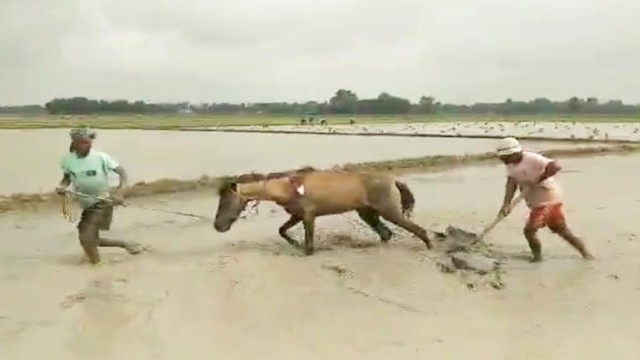
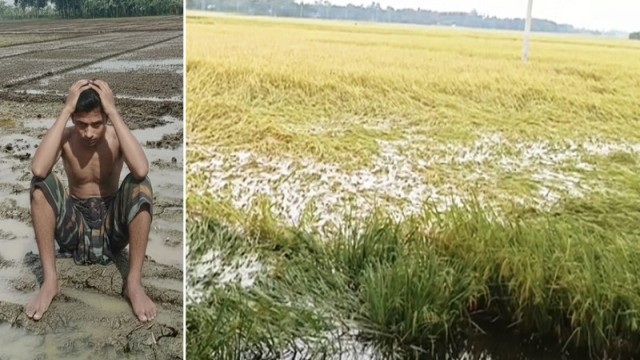

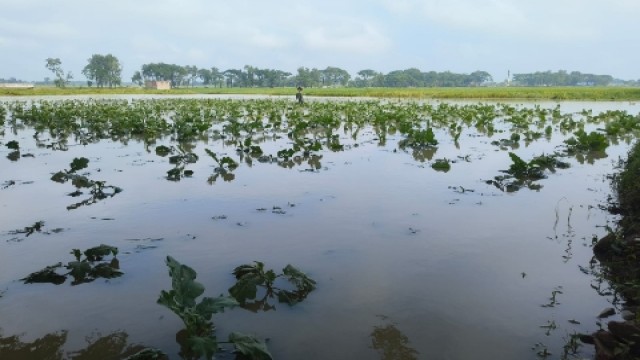
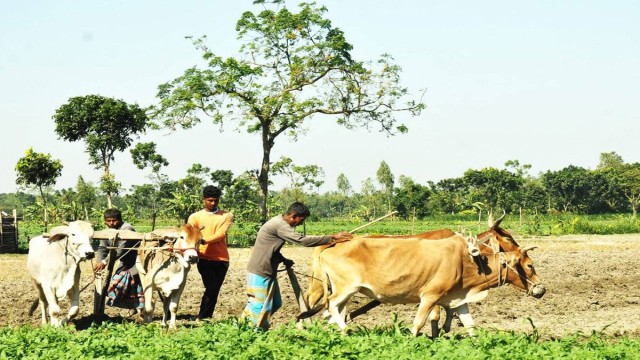
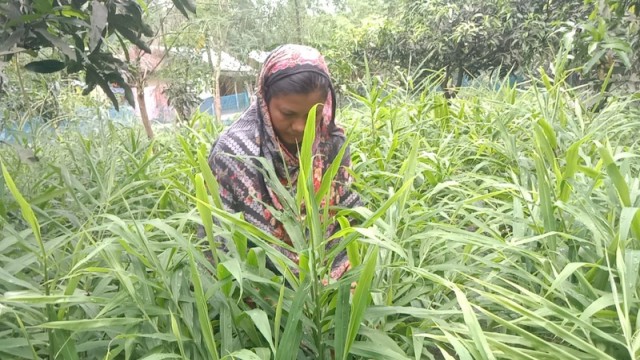
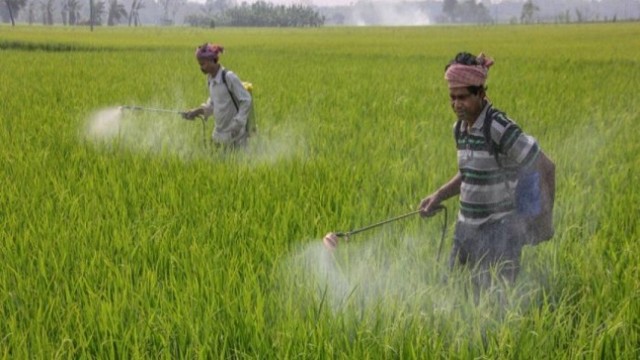

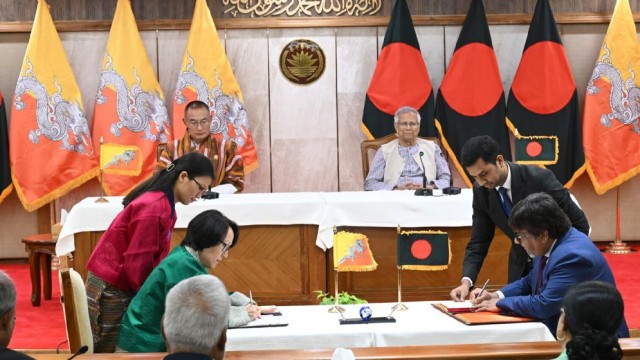

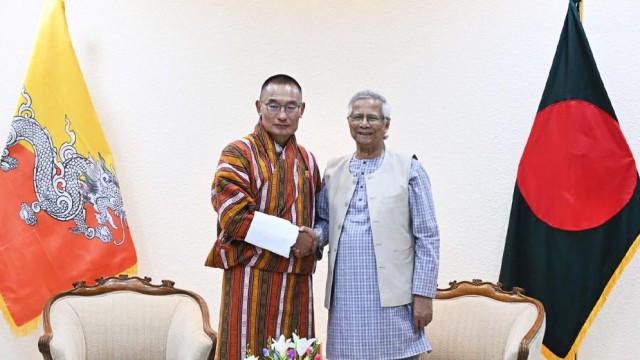
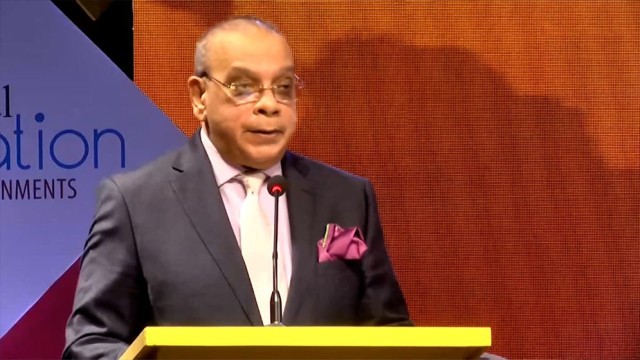
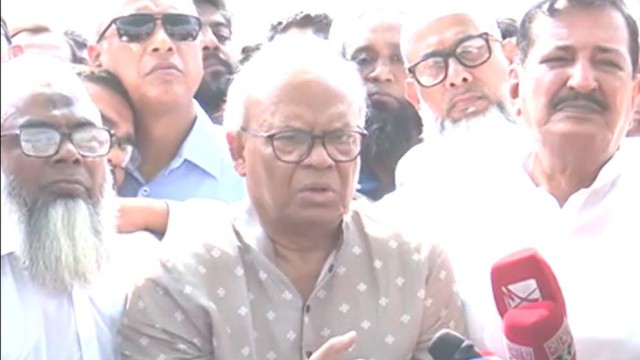
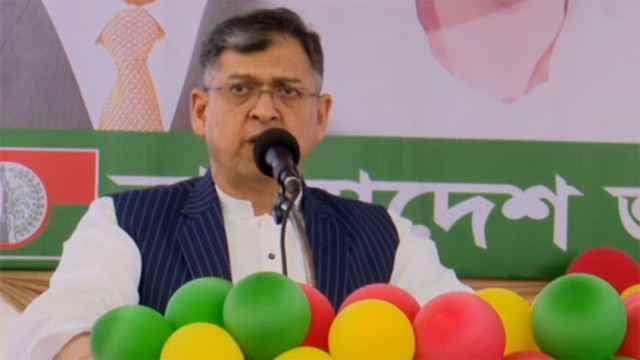
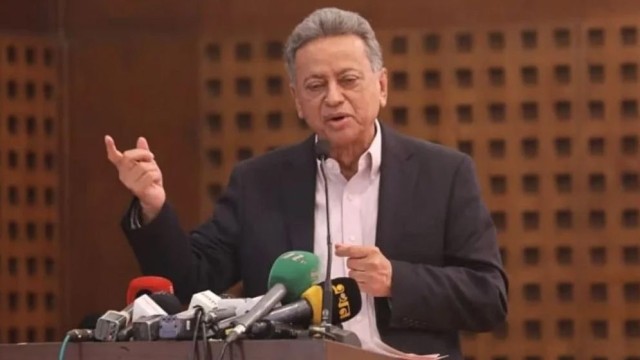
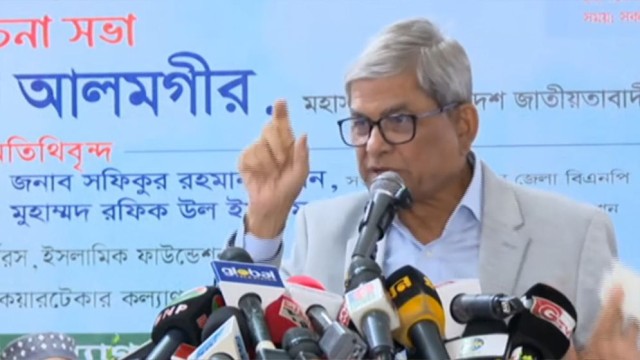
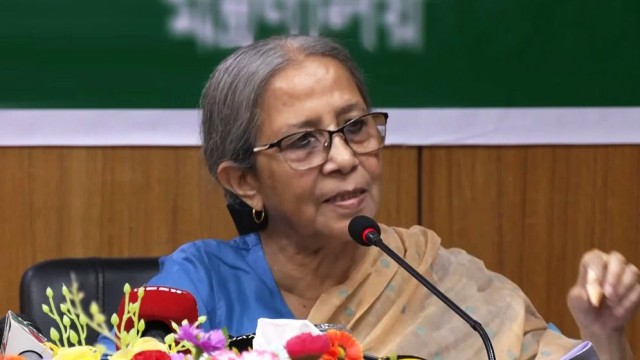

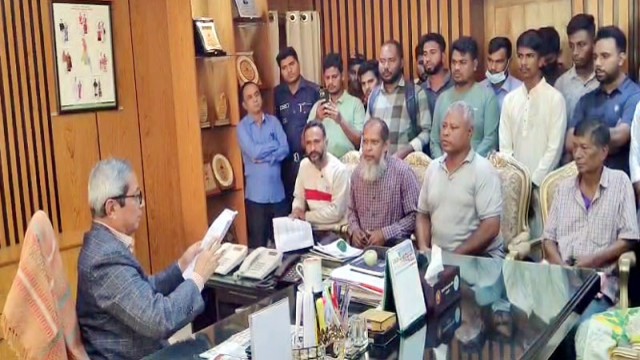
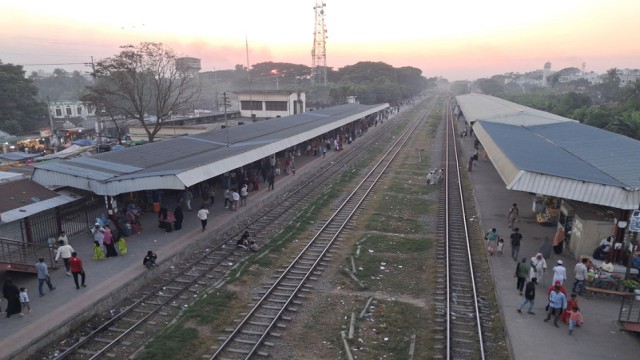
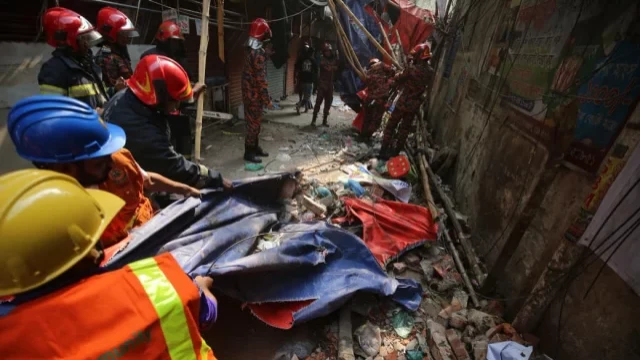




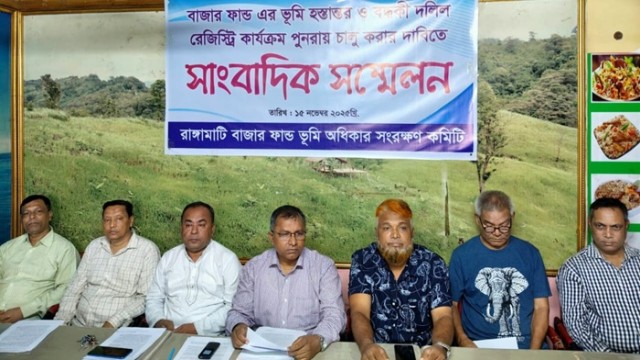

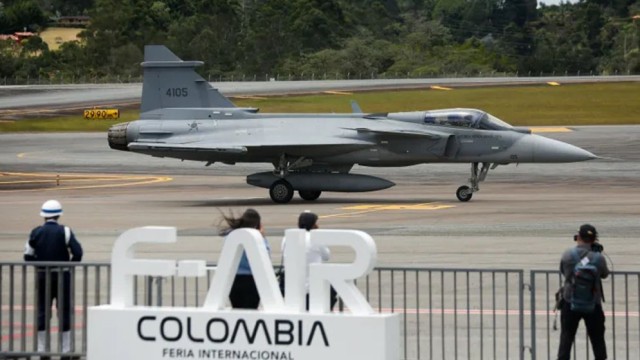
Comment: